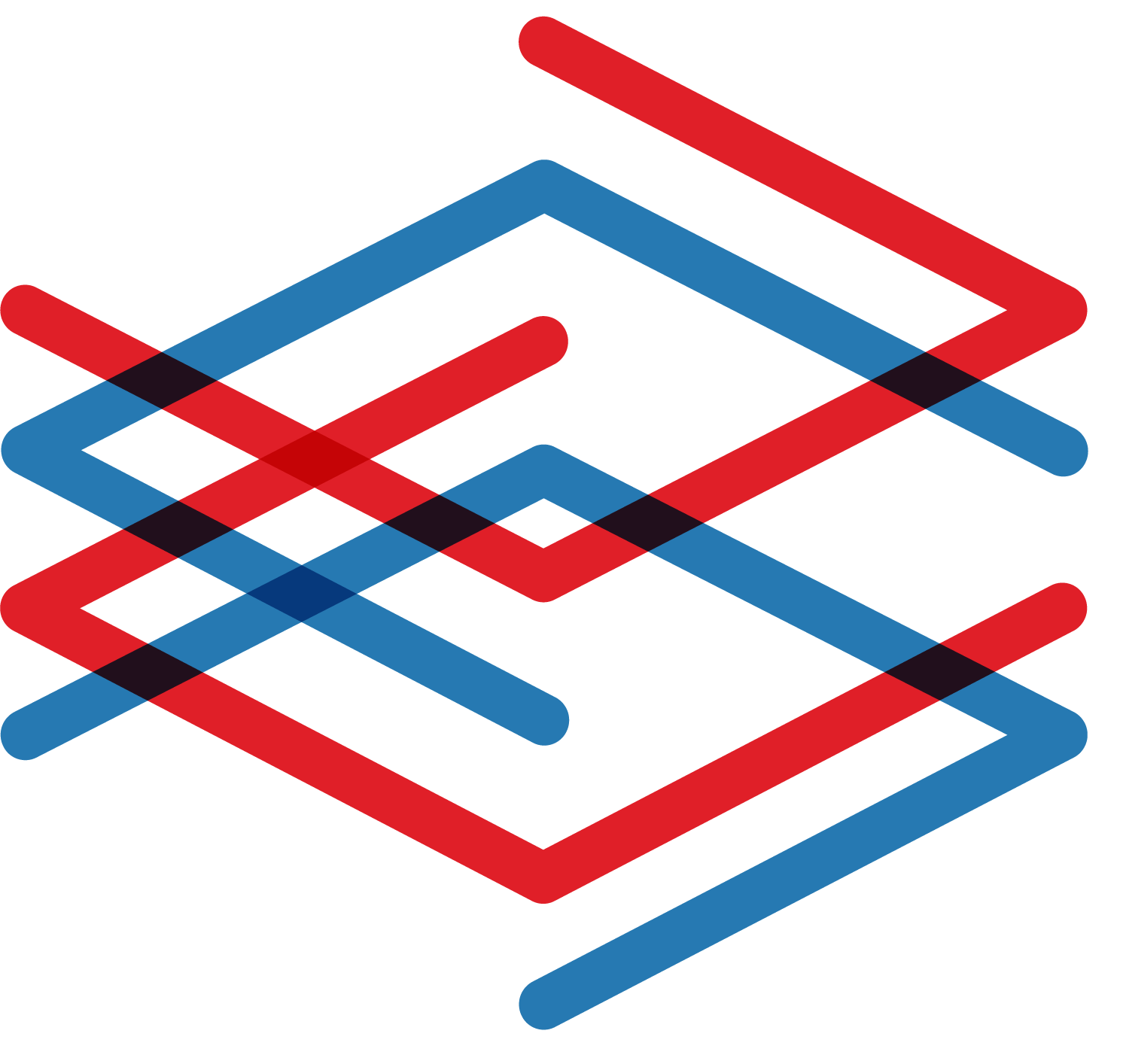Last stop in our 3P’s journey in cybersecurity : Product
- Lea Deswarte
- Oct 30, 2023
- 3 min read
In our previous blog posts, we explored the challenges of dealing with the "people" and "processes" dimensions of managing cybersecurity. But what about the products themselves? Here comes the last P in our 3Ps’ journey : Product!
What about cyber products ?
When it comes to protecting your digital assets, the products you rely on can be both a blessing and a curse. Let's examine the key product-related challenges that often plague organizations.
Product sprawl is a common problem, like having a pile of puzzle pieces without a clear picture to guide you. Imagine managing separate antivirus, firewall, intrusion detection, endpoint security, and email security products, each with its own settings and updates. It's a daunting task that can lead to confusion, complexity, and dangerous security vulnerabilities.
Product silos are another obstacle. Cybersecurity tools from different vendors often don't work together well, making it difficult to get a complete picture of your security posture. Imagine trying to investigate security incidents when your tools can't share important data, even if it's from the same source. It becomes a real challenge for cyber analysts to connect all the dots.
Product complexity compounds these challenges. Many solutions have intricate user interfaces or require a lot of technical expertise to set up and manage. When you don't have a lot of resources, it's hard to get the most out of these complex tools. And what if you can't afford to hire a cybersecurity expert?
Product obsolescence casts a shadow over digital defenses. As threats evolve and technologies change, cybersecurity products quickly become outdated. Your once-trusted tool may no longer be able to protect you from the latest dangers, or it may not be compatible with the latest operating systems and applications, leaving your organization vulnerable to attack.
Product cost is the final piece of this puzzle. Cybersecurity budgets are limited, and small businesses and organizations with tight finances often struggle to choose between two essential tools. This lead to difficult decisions.
But here's the kicker: most organizations respond to product-related cybersecurity challenges by calling for a "better product" or "more products." However, it's important to remember that the solution is not always to buy more products. In future blog posts, we will explore alternative strategies and solutions to tackle these challenges without overloading your cybersecurity toolbox.
The Malizen way
Malizen is a cybersecurity analytics platform that helps organizations consolidate and harmonize data from multiple products. This provides teams with a single, unified view of their security data, making it easier to identify and respond to threats.
Malizen's integrated security data visualizations enable organizations to discern connections between diverse events and investigate security incidents comprehensively. This allows teams to quickly identify the root cause of an incident and take steps to mitigate the damage.
Malizen is also designed to be user-friendly and easy to manage, making it accessible to teams of all technical skill levels. This is important because cybersecurity is a team effort, and everyone needs to be able to play a role in protecting the organization's assets.
One of the things that sets Malizen apart is its constant learning capability. Malizen learns from new data and investigative efforts, helping teams stay ahead of the latest cybersecurity trends and threats. This is essential in today's rapidly evolving threat landscape.
Wait, you've just told us that one of the current problems is that organizations tend to respond to the product problem with more products, like a vicious cycle, and now you're saying we should add Malizen as a new product? Wouldn't that be somewhat paradoxical … Our approach, of course, involves implementing our Malizen platform, but it's different in that its goal, acting as a cyber analytics layer, is to harness everything you already have in terms of existing products and the data they generate. It's definitely not about adding a new product that would require specific technical expertise and wouldn't integrate with other products, potentially creating a new silo.



